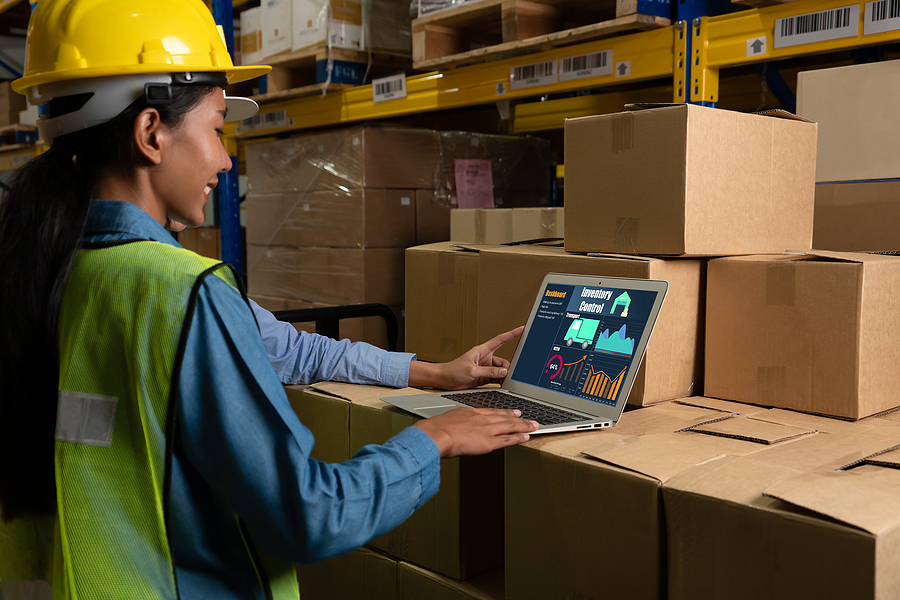As the Covid-19 pandemic created uncertainity in industries around the world, shoppers rushed to the supermarkets to prepare for the indefinite lockdown.
Right when the extensive buying began, toilet paper quickly suffered broader shortages more than other essential items across the globe. Social media and television channels were jam-packed with news related to people hoarding and storing copious amounts of ‘TP’, causing frustration to shoppers everywhere, as it became impossible to purchase toilet paper.
However, later images of warehouses showing the huge supply of toilet paper cleared the air on this topic. The issue emerged not due to shortage of product production; rather, the improper distribution of the toilet rolls in the high demand areas.
With time, almost every city started reporting toilet paper shortages due to panic buying behaviour of residents. Images of empty supermarket shelves were streaming in from the US, Australia, the UK and Singapore. The rush for toilet paper was acute in Australia, where most of the supermarkets sold a week’s supply in just one day. ECommerce brands that used that sold toilet paper also reported a rise by almost 1000 times in sales.
Forbes stated, “To give you an idea of the situation, this Nine News Australia showed how shelves in stores in Australia have been, ahem, wiped clean. Yes, you heard that correctly: 192,000 rolls were sold in half an hour. It’s looks like this buying frenzy has been due in large part to fears that lengthy quarantines may occur, even though the Australian government has made no announcements of such plans.”
Supply chain distribution centres:
Even after pandemic attack all over the world, logistics companies decided to serve needy people with essential supplies. Along with toilet paper, they ramped up the delivery of all food staples as well as medical supplies.
Distribution centres were established in different cities with strategically designed warehouses to better support Covid-19 hotspots. These centres made it easier to ensure easy shipping, loading, and uploading of essential goods that can be later shipped to supermarkets. These efforts added huge flexibility to the services while ensuring timely delivery to consumers.
Additionally, toilet paper manufacturing companies started increasing their production processes to serve the rising demands of buyers. Also, they took the responsibility to serve the frontline healthcare workers around the world.
When logistics companies started managing the shortages, people also changed their behaviour and stopped panic buying, as Governments did everything in their power to reassure people. In order to better manage supplies during a global crisis, logistics companies started making use of the latest software tools. Many of them installed TMS software to support both their transport and warehouse systems, in order to maintain and effectively record inventory and deliveries. With these advanced tools, it became easier for the warehousen and transport management teams to handle product shortages, rising demands, and price constraints as well. TMS software makes it easier to keep track of all incoming and outgoing products so that market demands can be served in the best possible manner, meaning more toilet paper for everyone!
Author Bio: I’m Jaylin: SEO Expert of Leelija Web Solutions. I am a content manager, and the author of freeopenbook.com and a full time blogger. Favourite things include my camera, travelling, caring my fitness, food and my fashion. Email id: editor@leelija.com
Image Source: BigStock.com (licensed)
Related Categories: Health, Reviews








